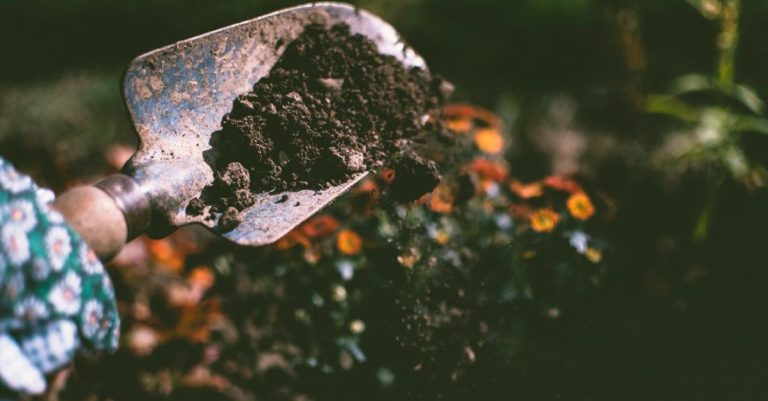
Maintaining a garden can be a rewarding experience, but it also requires consistent effort and attention to keep it looking its best. Creating a garden maintenance schedule is a practical way to ensure that all aspects of your garden are cared for regularly, leading to a flourishing and beautiful outdoor space. By following a structured plan, you can stay on top of essential tasks and enjoy a well-maintained garden throughout the year.
Assess Your Garden’s Needs
Before diving into creating a maintenance schedule, take the time to assess your garden’s specific needs. Consider the size of your garden, the types of plants you have, the climate in your region, and any existing issues that require attention. By understanding your garden’s unique requirements, you can tailor a maintenance schedule that meets its needs effectively.
Divide Tasks into Weekly, Monthly, and Seasonal Categories
Organizing your garden maintenance tasks into weekly, monthly, and seasonal categories can help you stay organized and ensure that all essential tasks are completed in a timely manner. Weekly tasks may include watering, weeding, and checking for pest infestations. Monthly tasks could involve fertilizing, pruning, and inspecting for any signs of disease. Seasonal tasks might encompass planting, mulching, and preparing for extreme weather conditions.
Create a Calendar
A calendar is a valuable tool for keeping track of your garden maintenance schedule. Whether you prefer a digital calendar or a traditional paper planner, having a visual representation of your tasks can help you stay on top of deadlines and ensure that nothing falls through the cracks. Be sure to include specific dates for each task, taking into account factors such as plant growth cycles and weather patterns.
Prioritize Tasks Based on Importance
Not all garden maintenance tasks are created equal, so it’s essential to prioritize them based on their importance and urgency. Tasks that directly impact the health and well-being of your plants, such as watering and pest control, should be given top priority. Non-essential tasks, such as aesthetic improvements, can be scheduled around more critical tasks to ensure that your garden remains healthy and thriving.
Stay Flexible
While having a structured maintenance schedule is essential, it’s also important to remain flexible and adaptable. Unexpected weather conditions, plant emergencies, or other unforeseen circumstances may arise, requiring you to adjust your schedule accordingly. By staying flexible and willing to make changes as needed, you can ensure that your garden receives the care and attention it needs to thrive.
Utilize Tools and Resources
There are numerous tools and resources available to help you create and maintain a garden maintenance schedule. Online garden planning apps, gardening books, and local gardening clubs can provide valuable information and support to assist you in caring for your garden. Additionally, investing in quality gardening tools and equipment can make tasks more manageable and efficient, saving you time and effort in the long run.
Monitor and Evaluate
Regularly monitoring and evaluating your garden maintenance schedule is key to its success. Keep track of completed tasks, note any issues or challenges that arise, and assess the overall health and appearance of your garden. By reviewing your schedule regularly, you can identify areas for improvement and make adjustments to ensure that your garden continues to thrive.
Incorporate Enjoyment
Gardening is not just about maintenance; it’s also about enjoyment and relaxation. Incorporate activities that bring you joy, such as planting new flowers, creating a cozy seating area, or simply spending time outdoors appreciating the beauty of your garden. By infusing your maintenance schedule with elements of enjoyment, you can cultivate a deeper connection to your outdoor space and make garden care a more fulfilling experience.
Maintaining a garden maintenance schedule is a practical and effective way to ensure that your outdoor space remains healthy, beautiful, and flourishing. By assessing your garden’s needs, organizing tasks, creating a calendar, prioritizing effectively, staying flexible, utilizing resources, monitoring progress, and incorporating enjoyment, you can create a well-rounded maintenance plan that supports the long-term health and vitality of your garden. With dedication and consistency, you can enjoy a thriving garden that brings beauty and tranquility to your outdoor space.





